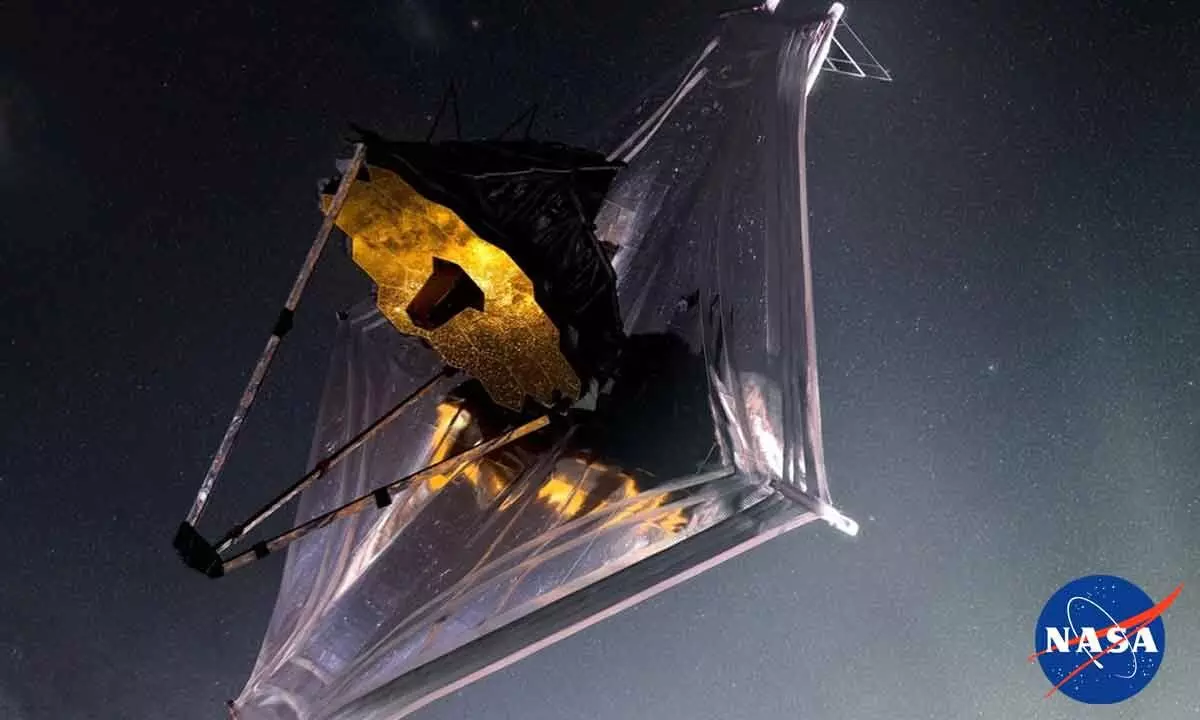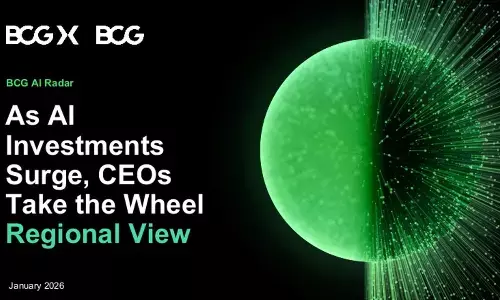NASA's James Webb Space Telescope captures the oldest galaxy image

NASA's James Webb Space Telescope has once again captured the image of the oldest galaxy ever seen, surpassing its own previous milestone by about 100 million years. And what is more? It was discovered by accident.
It's not even a month since NASA's James Webb Space Telescope started sharing incredible images from space, and it has broken its own record. The world's most powerful space telescope has discovered the oldest galaxy ever observed. A week ago, JWST shared an image of a galaxy called GLASS-z13, the "then" oldest galaxy estimated to be only 300 million years after the Big Bang. But now, just 7 days after coronation, the title of the oldest galaxy has passed to another star cluster that has been dubbed CEERS-93316, estimated to be 235 million years after the Big Bang. And the best part? It was discovered by accident. The job of the James Webb Telescope is to find the oldest stars and galaxies dating back to 13.8 billion years, which is the exact age of the Universe; in effect, JWST looks back in time at things as they were.
The discovery came after researchers at the University of Edinburgh, Scotland, began collecting the images sent back by JWST to investigate the luminosity function of ancient galaxies. They were not looking for the oldest galaxy but to find a correlation between the luminosity of the galaxies considered old. Now, according to their preprint article leading their study, researchers have come across what could possibly be the oldest "new" galaxy ever seen. Note that the study has been published on arXiv, which is not peer-reviewed. Therefore, there is a possibility that the data will not hold after revisions, and this galaxy will turn out not to be the oldest galaxy.
NASA's James Webb Space Telescope captures the oldest galaxy image
The researchers also identified 55 distant galaxies, where they say 44 of them have never been observed before. Arriving at CEERS-93316, the researchers identified its state as the oldest using the galaxy's redshift. Redshift is the measurement of light at the shortest wavelengths (which are reddish) to understand how far away the galaxy is and how old it may be. The researchers claim that this galaxy has a record redshift of 1.67, making it the oldest galaxy ever seen.
Callum Donnan, an astrophysics PhD student in the university's Institute for Astronomy told BBC, "We're using a telescope that was designed to do precisely this kind of thing, and it's amazing."















